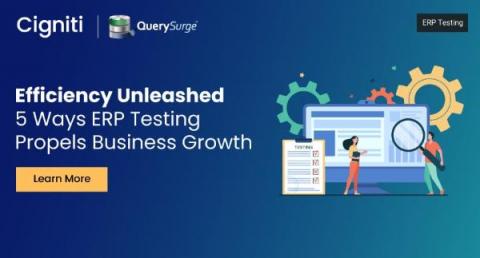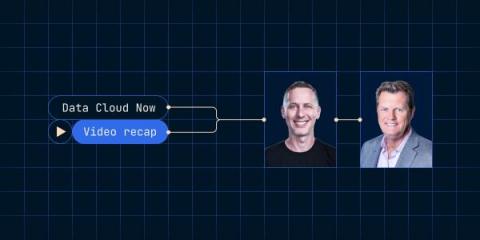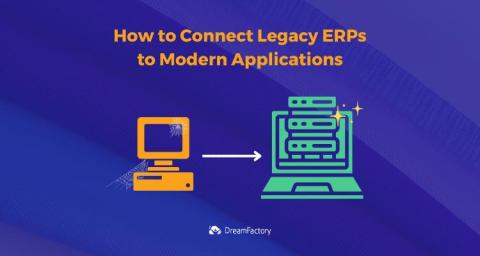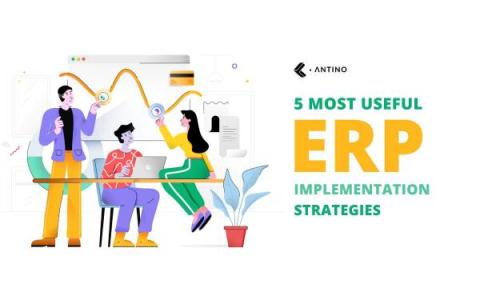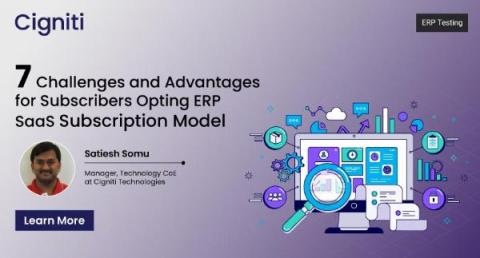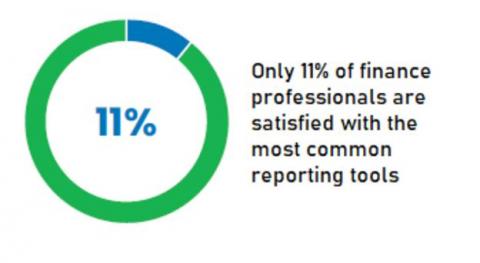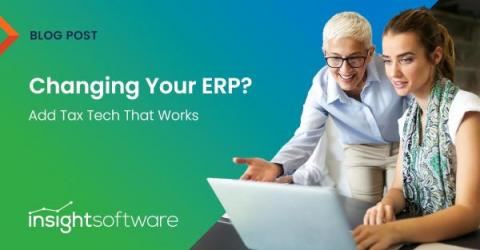Efficiency Unleashed: 5 Ways ERP Testing Propels Business Growth
In the rapidly evolving business technology landscape, Enterprise Resource Planning (ERP) systems have emerged as essential tools for organizations looking to streamline operations, enhance efficiency, and elevate decision-making processes. An ERP system integrates various business processes, such as finance, human resources, sales, and inventory, into a unified platform, fostering cohesion and productivity.


